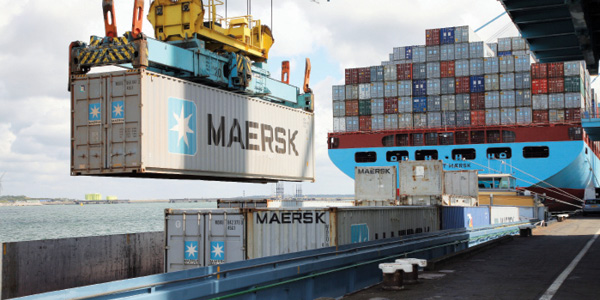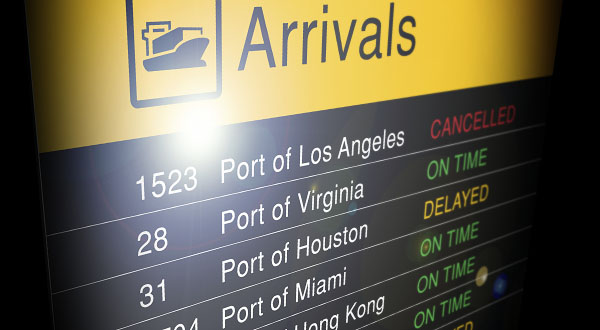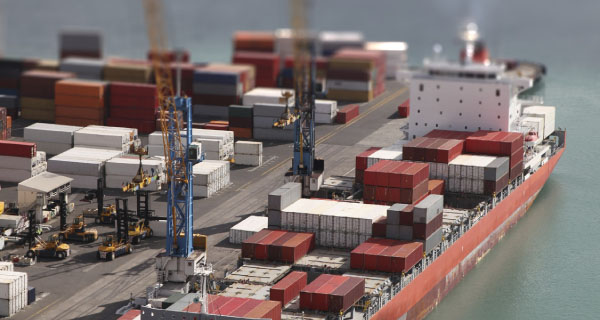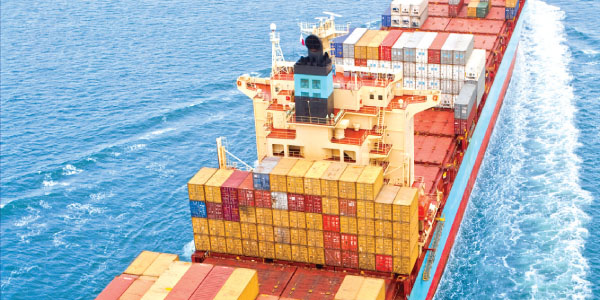Articles
Ocean Shipping

Negotiating Ocean Contracts That Will Float Your Boat
Ocean contracts are notoriously complicated. What can shippers do to help ensure the contract they sign is win-win?
Read More
Inbound Logistics’ 2012 Ocean Carrier Guide
The global ocean freight industry is swelling with capacity as New Panamax ships come online. But after enduring one of its worst years in 2009, container volumes continue to dip as the tides of economic recession sweep across Europe and parts of Asia. Steamship lines have been working cooperatively within alliances, and on their own, […]
Read More
Trends—August 2012
Ocean Freight Industry Seeks Delivery Time Reliability Awash with capacity and beset by rate fluctuations, the ocean container shipping industry reflects the global economy. Shippers are trying to find a measure of consistency as they navigate the peaks and troughs. While cost is often the common denominator linking shippers, carriers, intermediaries, and consignees, recent collaboration […]
Read More
Containerization’s Benefits Can’t Be Contained
Today’s leading companies are reexamining their supply chain operations, and implementing new strategies and technology to improve performance and enhance efficiencies. Moving cargo in containers, or containerization, is one area of opportunity shippers can leverage, not only in downstream transportation and logistics functions, but also in unexpected upstream supply chain planning functions. In its simplest […]
Read More
Thinking Small: The Business Case for LCL
Using less-than-containerload (LCL) services to ship smaller ocean freight volumes can reap large benefits.
Read More
LCL Plays Growing Role in Global Ocean Transportation
Demand for less-than-containerload (LCL) services is rising among global importers and exporters whose business models rely on cost, inventory control, and supply chain visibility. The shift to more LCL services in industries such as oil and gas (O&G), retail, and automotive can be attributed to several factors. Oil and gas fuels change: Running an end-to-end […]
Read More
Preparing for an Ocean Capacity Crunch
Shipping lines are suffering from an oversupply of vessel capacity on key Transatlantic and Asia-Europe trade lanes. Normally, this situation would be good news for shippers, because it means they have plenty of access to capacity—and the upper hand in negotiations with ocean carriers. Shippers should be worried about the overcapacity situation, combined with rapidly […]
Read More
Ocean Freight Carriers Weather Rough Seas
Capacity gains in ocean container shipping continue to outpace demand. Here’s how shippers, carriers, and intermediaries ride out market volatility and uncertainty.
Read More
Understanding INCOTERMS 2010
An Inbound Logistics article in October 2003, “Understanding Incoterms,” does an excellent job of explaining the concept of Incoterms, why they are necessary and how they work. We’d like to bring this article up-to-date with a discussion of the changes to Incoterms that began in January 2011. To recap, Incoterms are an internationally accepted set […]
Read More
How to Improve Maritime Cargo Security
When U.S. Customs and Border Protection (CBP) introduced the Customs Trade Partnership Against Terrorism (C-TPAT) initiative in the aftermath of Sept. 11, it gave government, shippers, carriers, port authorities, and other transportation and logistics intermediaries a platform to build better security protocol into the supply chain. As a consequence, shippers today are taking cues from […]
Read More